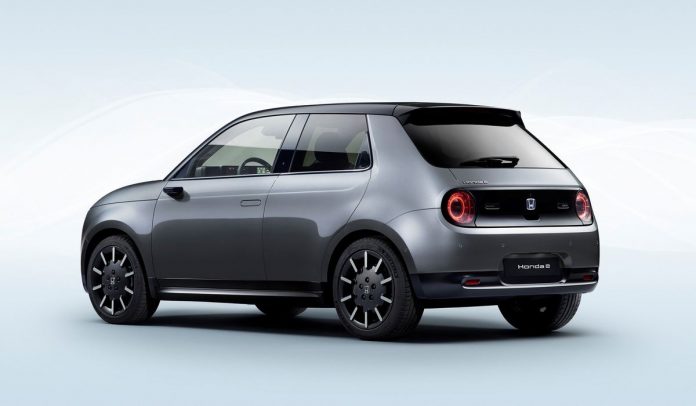As other car manufacturers depend on sedans and SUVs while switching to electric vehicles ( EV), Japan’s Honda Motor Co Ltd has agreed it’s better for their first all-battery car to be smaller.
Honda e has already been released in Europe earlier this month, which is compact and intended only for city driving. This is also dominated by Tesla Inc, where the model 3 sedan dominates the entire EV market, as well as by other companies such as Audi AG and Hyundai Motor Co, where these companies focus on SUVs with long driving ranges.
Moreover, these high-cost batteries kept EV’s to make the car a luxury on the market end and also, in that many automakers are making bigger and all-purpose versions, they can run up to 570 kilometres in a single charge. Whereas the Honda e has only the power of the battery, which is about half of Model 3, i.e. it can go up to 280 kilometres in one charge.
During city driving, much of the EV uses large-capacity batteries and a lot of power has been unused, as Tomofumi Ichinose, Chief Engineer of the Honda e, told reporters earlier this week. We doubt whether it can be used for larger vehicles or even if it would also be acceptable for urban areas to assume that smaller is the better choice for towns.
Based on the ultra-compact design evoked by Honda’s classic N360 and N600 models from the 1960s, these cars consist only of the two-door car in Honda e, which is intended as a top-of-the-line city car, and the price for this car is about EUR 33,000 ($39,000), which is higher than the Renault Zoe ZE50, as it is more spacious and also has a long driving range.
Honda engineers have prioritized accurate and precise handling to allow them to turn in a small U-turn in the narrow streets. The side mirrors are replaced by interior screens to prevent dents and scratches during parking. This model is currently sold in Europe and Japan, where it will be available at the end of October. Honda also expects that there will be about 10,000 annual sales in Europe, 1,000 at home, which would also enable them to incorporate this concept into their car-sharing system.
Finally, the automaker said that it had no plans to sell cars in North America or China, but major markets where SUVs could dominate.

